During and after your leadership briefing you are going to want to reinforce that this is a process that will continue to mature over time as you continue to move through each stage of your continuity program. To support this, staff are going to need ongoing access to the right information in the right place.
It is all too common that organizations have information about their emergency operations and continuity programs in a variety of binders, policy manuals, and shared drives. It is essential for knowledge sharing, adoption of material, and ease of use to centralize the information where the staff are most likely to find it with ease.
Try using at least one, or all of the following 4 pre-existing methods accessible to you in your organization for information sharing:
Manager/staff meetings
Online portals [ E.g. existing intranet portal and physical portal]
Rounds
Existing Committees
MANAGER/STAFF MEETINGS
Go to people where they are already hosting meetings, rather than add one more meeting to their calendar. Ask to be added to the agenda for 5-10 minutes. Frequent, brief communications in a way that is easier for those you are trying to reach, is often more effective.
ONLINE PORTALS
Identify where your audience is already going for information and place the information in the resources there. If you are creating documentation, leverage online portals that are already being used as a method for sharing documents.
ROUNDS
If you are currently conducting rounding on departments and units to assess compliance with other regulatory requirements, consider adding 1 - 3 items related to resilience. For example, do they know where the emergency flip charts can be found or where the downtime computer is for the electronic health record?
EXISTING COMMITTEES
In healthcare, we are currently overwhelmed with committee meetings to attend. As suggested above, ask for a 10-minute slot on the agenda of an existing committee to present information relevant to that group, rather than create an entirely new committee. As the program matures, or your executive sponsor determines there is a need, the creation of a new committee may be necessary. Until then, leverage what currently exists.
The WB Team
Do you have a question you would like our experts to answer?
Send it along to team@wakefieldbrunswick.com. Yours may be selected and posted here! (However, totally confidential if you wish).

